
Science Museum (Laval)
The Laval Sciences Museum (part of the "Museum of France") has been preserving the scientific collection of the city of Laval for over 200 years, and scientifically manages a prehistoric cave site.
The Laval Sciences Museum possesses a little over 130,000 samples, half of which are fossils. The D.P. OEhlert collection is particularly interesting. Renown internationally, this collection of Paleozoic invertebrate fossils from the West of France, contains over 600 types and figured specimens, and is fundamental to the systematic, phylogenetic, biostratigraphic, and paleobiological study of the Ordovician and Devonian of the Armorican Massif (Brittany, France). Furthermore, the paleontology collections include samples from the collections of Defrance, Pissaro, Levêque, Lecointre, …. Also worth noticing is an important collection of fossilized plants from Mayenne of the Carboniferous period, and a set of prehistoric animal bones from the quaternary period, found in several caves in Mayenne.
The zoology collections include mammals, birds, reptiles, arthropods, and mollusks. It also contains a rather peculiar collection of humanized frogs, the taxidermy mount of one of the last wolves killed in Mayenne, and a collection of brachiopods collected during the first great expeditions conducted by France and Monaco.
The botanical collections contain over 30,000 items with several Mayenne herbaria, and a collection of exotic seeds and wood.
The Earth sciences collections gather several thousand rocks and minerals, with a remarkable collection of stiblines from a former antimony and gold mine in Mayenne.
This structure also includes about 300 historical scientific objects containing around 20 old velocipedes, old measuring instruments, astronomical clocks, and several photographic chambers.
Contact : jerome.treguier@laval.fr
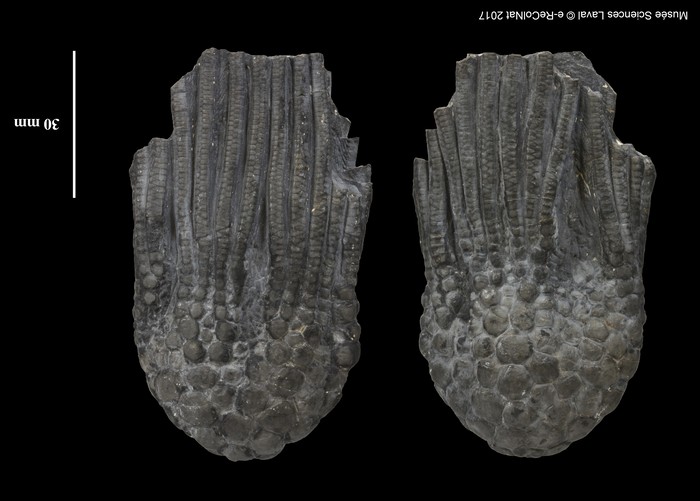
1. Crinoid brachial system Thylacocrinus vannioti Œhlert, 1878, Saint-Ouen-des-Toits (Mayenne, France) ; Figured specimen, ML-PAL-00047, coll. D.-P. Œhlert, © e-ReColNat 2017
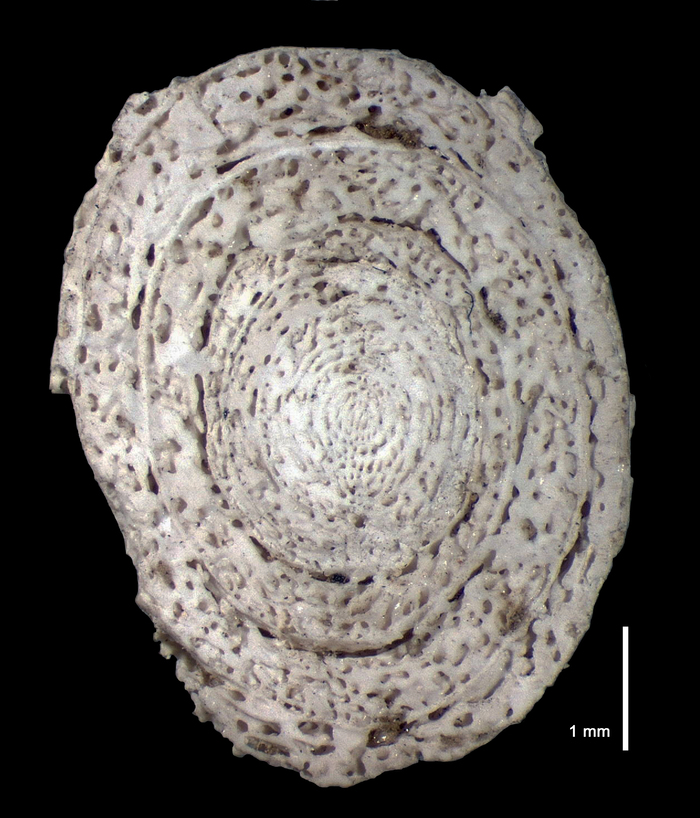
2. Axial section of Fabularia discolites Defrance in Bronn, 1825, Thiverval-grignon (Yvelines, France), Lectotype, coll. Defrance, ML-PAL-24962-1, © Musée des Sciences de Laval

3. Sassia (s. lato) parameces (Cossmann & Pissarro, 1901), Fresville (Manche, France), ML-PAL-09861, (size of the biggest specimen: 1,43 x 0,71 x 0,63 cm), Syntype, coll. Pissarro, ML-PAL-09861, © Musée des Sciences de Laval
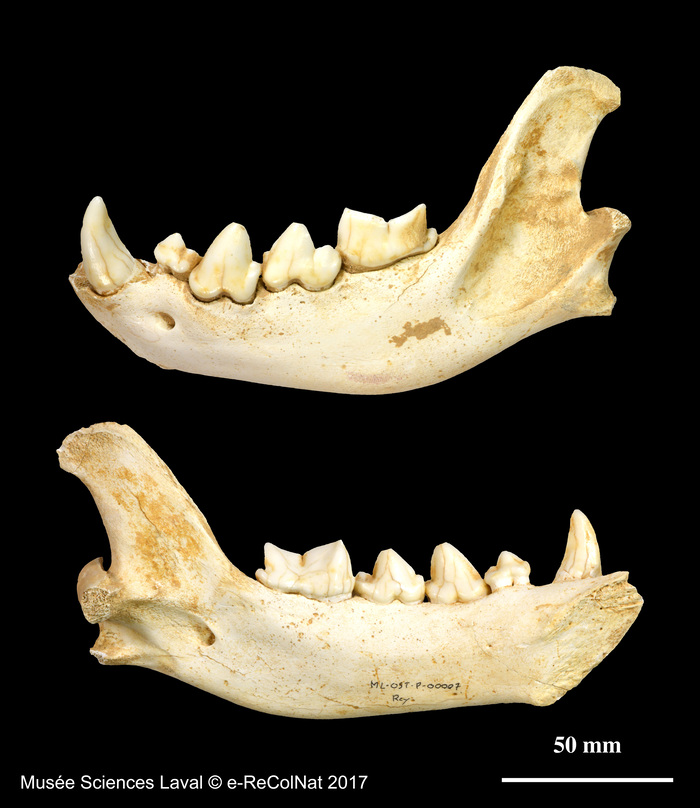
4. Left mandible of a cave hyena, Rey Cave (Saint-Georges-sur-Erve, Mayenne, France), ML-OST-P-00007, coll. d'Aboville, ©e-ReColNat 2017
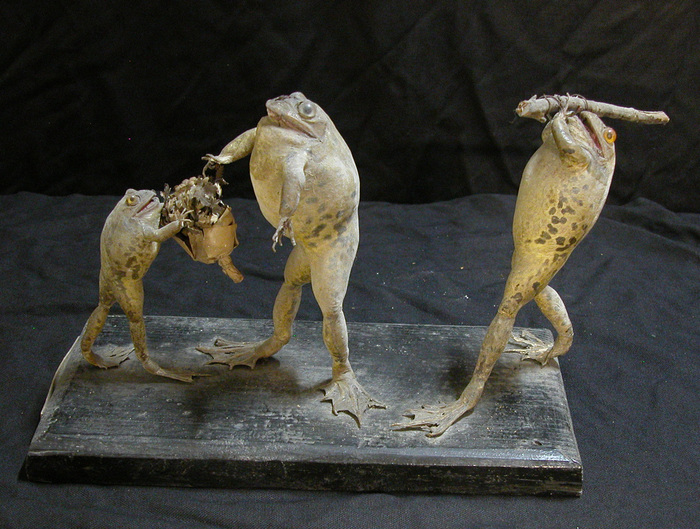
5. Anthropomorphic taxidermy of three mounted frogs, the scenery is named: "Déclaration intempestive" (Inopportune Declaration), ML-BAT-2011.3.144, © Musée des Sciences de Laval
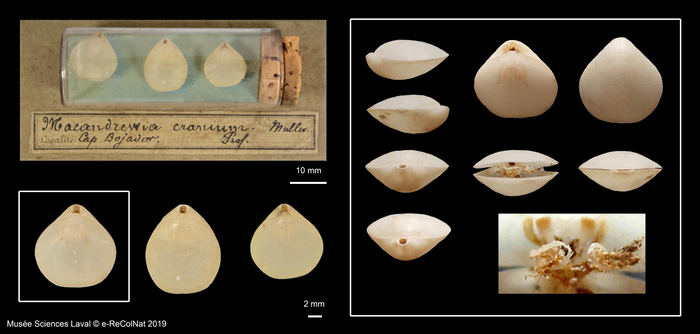
6. Macandrevia cranium (Müller, 1776) (Brachiopoda) collected by the ship the Talisman in 1883 at cape Bojador, (Western Sahara, Morocco), ML-MAL-00002, coll. D.-P. Œhlert, © e-ReColNat 2019
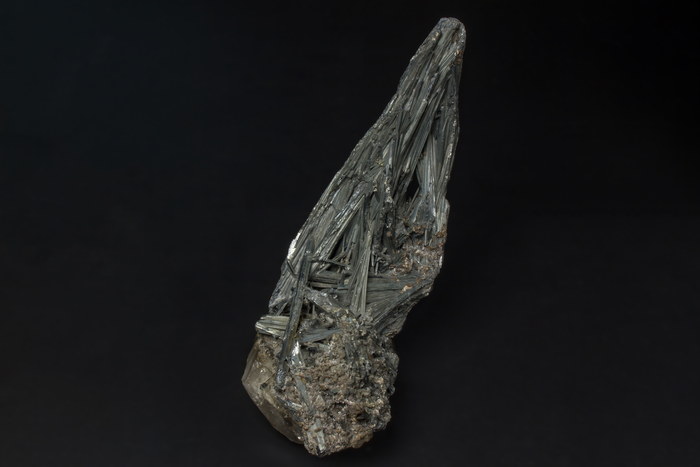
7. Stibine sample, La Lucette mine (Le Genest-Saint-Isle, Mayenne, France), ML-MIN-1535, mineralogy general collection, © Musée des Sciences de Laval
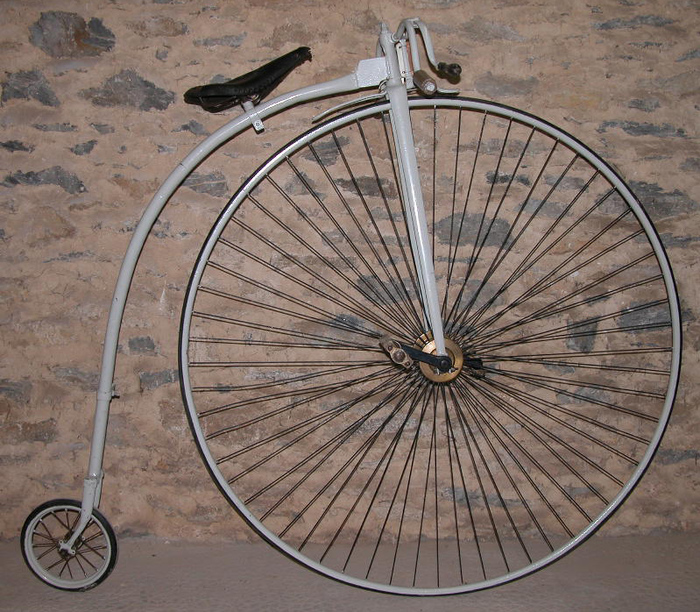
8. Penny-farthing, ML-TEC-005, coll. Clayer, © Musée des Sciences de Laval